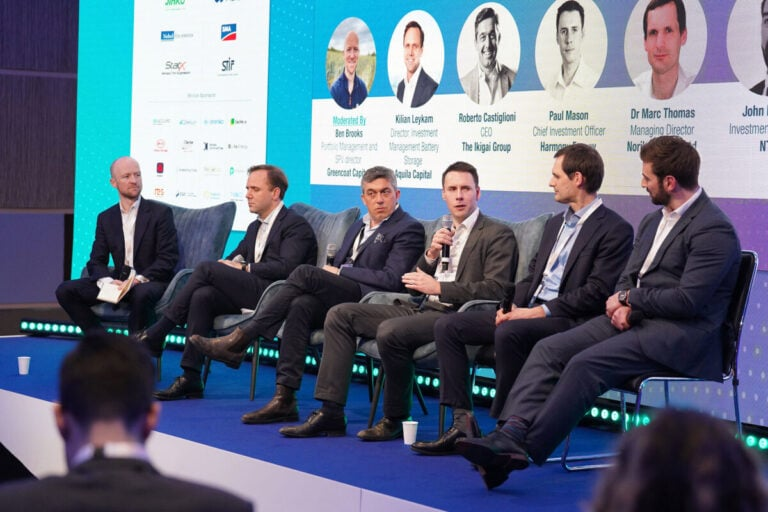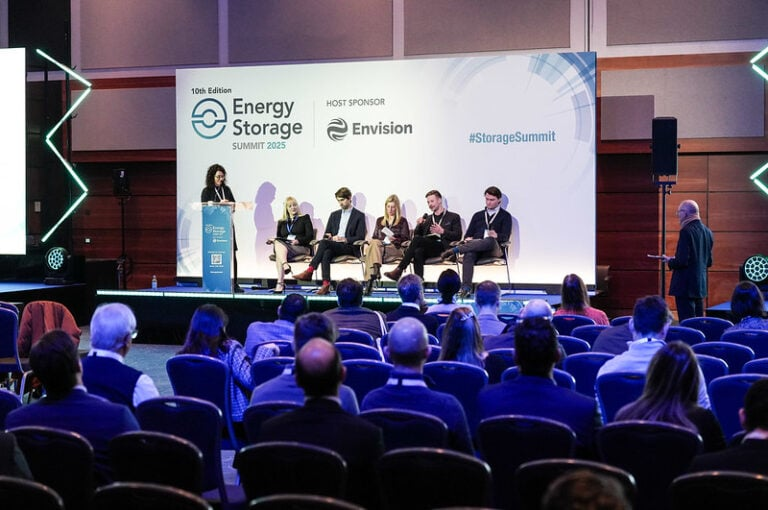The Future of Batteries Summit 2025, held in Washington D.C., is gaining national attention as a major event driving the United States’ clean energy transition. With leading scientists, innovators, policy-makers, and industry executives in attendance, the summit is set to reshape how the U.S. develops and deploys next-generation battery technologies—especially solid-state batteries.
The summit, which spans three days, comes at a crucial time when the U.S. is rapidly shifting toward renewable energy sources. It focuses not just on energy storage innovation but also on creating a robust manufacturing ecosystem for solid-state batteries—a game-changing technology that promises higher efficiency, safety, and sustainability.
Find more about U.S. battery policies here
Solid-State Batteries: The Star of the Show
Solid-state batteries have been a hot topic in the energy and EV (electric vehicle) sectors for years. Unlike traditional lithium-ion batteries, solid-state batteries replace liquid electrolytes with solid materials, increasing both energy density and safety.

During the summit, experts from institutions like MIT, Stanford, and National Renewable Energy Laboratory (NREL) highlighted how solid-state battery technology could be a “turning point” for mass EV adoption. Tesla, GM, and Toyota representatives also shared new prototypes and roadmaps to implement this technology in their future models.
According to Dr. Eliza Carter, head of materials research at NREL, “Solid-state batteries can triple the energy storage capacity of current lithium-ion cells while reducing the risk of fires. If scaled successfully, they can transform not just transportation but also grid storage and consumer electronics.”
Public-Private Partnerships Fueling Innovation
One of the most talked-about announcements was a $3.5 billion joint initiative between the U.S. Department of Energy (DOE) and leading private players to create the country’s first national solid-state battery manufacturing hub in Ohio.
The manufacturing facility, scheduled to break ground later this year, aims to produce 50GWh of solid-state batteries annually by 2030. This development not only strengthens the U.S. position in the global battery race but also promises to create over 5,000 new jobs in the Midwest.
Read more about U.S. manufacturing efforts here
Policy Support and Regulatory Vision
During the summit, the Secretary of Energy Jennifer Granholm addressed the audience, emphasizing the federal government’s commitment to battery innovation as part of the Biden Administration’s energy transition strategy.
“Our mission is clear,” Granholm said. “We are building a battery future that supports electric vehicles, resilient power grids, and clean-tech innovation right here in America.”
New tax credits and incentives were also discussed for battery manufacturers under the Inflation Reduction Act, which aims to reduce U.S. dependency on Chinese battery imports and increase domestic production.
Global Players Eye U.S. Market
While the summit focused on domestic progress, it also drew participation from global leaders, including representatives from Japan’s Panasonic, South Korea’s LG Energy Solution, and Germany’s Volkswagen Group.

These international companies expressed strong interest in either expanding or relocating parts of their solid-state research and development to the United States, thanks to its growing market demand and favorable policy landscape.
Notably, LG Energy Solution announced its intent to build a $1 billion R&D center in Texas to further advance solid-state battery materials and design.
Key Sessions and Breakthrough Technologies
Among the 50+ panels and workshops, a few stood out for their innovative content:
- “Next-Gen Electrolytes for Solid-State Performance” explored new ceramic and polymer compounds for better ion conductivity.
- “Battery Recycling and Circular Economy” highlighted eco-friendly disposal and reuse systems.
- “AI in Battery Design” showcased how machine learning accelerates the discovery of new materials.
One particularly exciting reveal came from a startup called QuantumVolt, which showcased a prototype solid-state battery with a charging time of just 6 minutes. While still in testing, the battery drew a lot of interest from investors and automotive partners.
Explore more about battery recycling policies here
Challenges Ahead: Scaling and Supply Chains
Despite the optimism, speakers at the summit were realistic about the challenges. The high cost of raw materials, complex manufacturing requirements, and the need for skilled labor were recurring themes in discussions.
Several panels urged the creation of new training programs, especially in community colleges and technical institutes, to prepare the next generation of battery engineers and technicians.
“We can’t scale up without a skilled workforce,” said Brian Kim, head of U.S. operations at SK Innovation. “We need welders, chemists, engineers, and line operators trained for the next-gen battery era.”
Conclusion: A Spark Toward a Cleaner Future
The Future of Batteries Summit 2025 proved more than just a meeting of minds—it was a launchpad for real-world action. From bold government support to trailblazing technologies, the summit set a clear tone: solid-state batteries will be at the heart of America’s clean energy future.
As one attendee put it, “This isn’t just about batteries—it’s about power, independence, and the future of our planet.”
Follow latest energy transition updates here
Also Read – Callaway Honors Oakmont With Stunning 2025 U.S. Open Golf Bag






